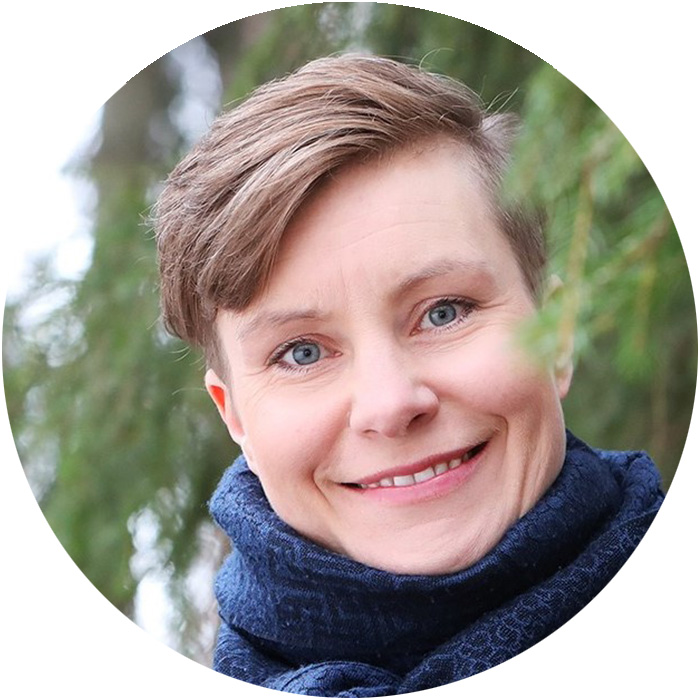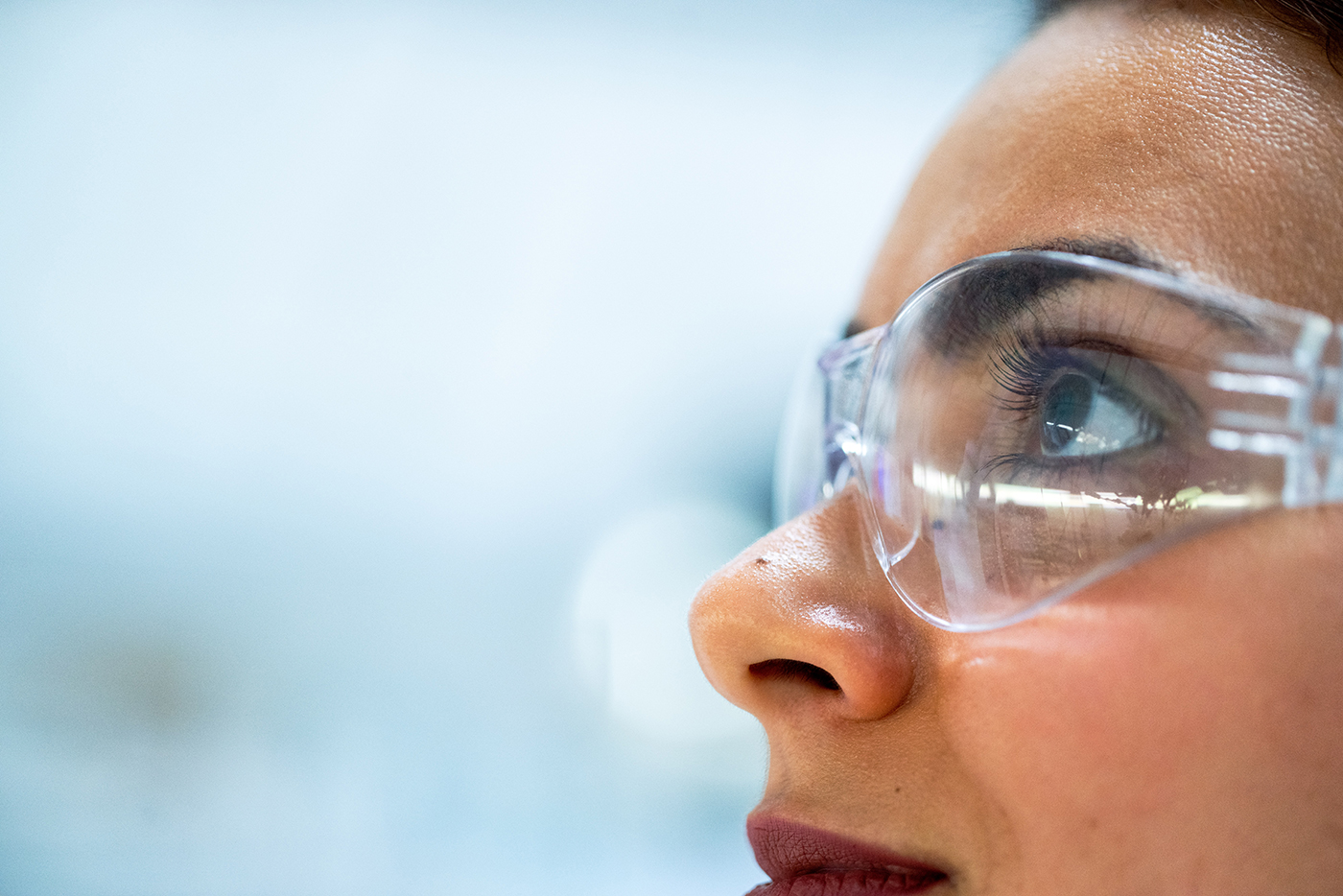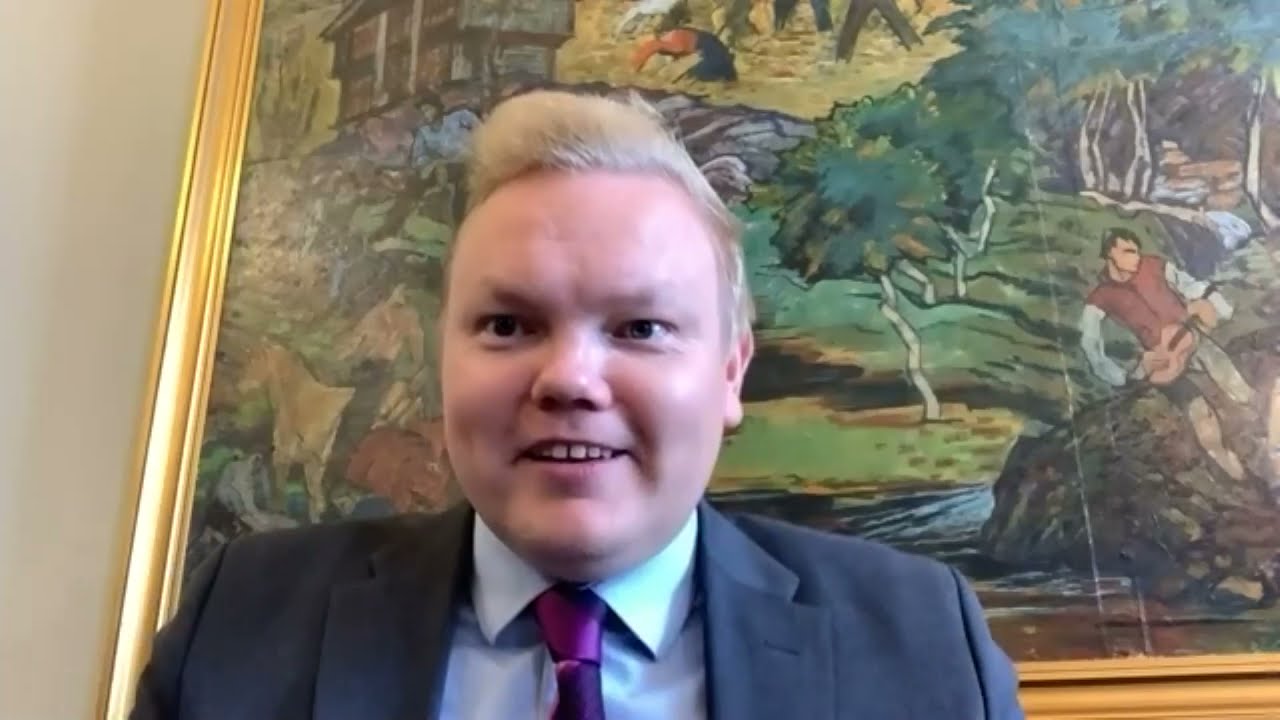The Finnish Research Impact Foundation’s Annual Report 2021
The Finnish Research Impact Foundation is committed to strengthening public-private partnerships and to promoting the impact of research. FRIF’s Annual Report 2021 looks back at the events and highlights of our operations in the past year.
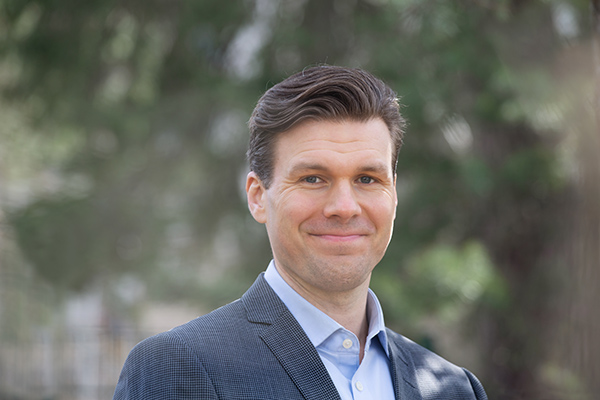
Research collaboration can even offer solutions to current world crises
All foundations have a charter which lays down their goal, objective or mission as defined by the people who set up the foundation. The Finnish Research Impact Foundation is no exception.
Finnish Research Impact Foundation’s strategy 2022–24
In early 2021 the Board of the Finnish Research Impact Foundation adopted an updated strategy for 2022–24. The strategy process started in autumn 2020 and continued through to spring 2021. It involved the Foundation’s most important stakeholder groups and also drew upon internal dialogue and a report commissioned by the Foundation on the funding, impact and effectiveness of industry-academia cooperation.
The strategy document captures the essence of FRIF’s mission as follows:
We are committed to promote Finnish know-how and renewal by supporting research excellence and developing new models of academia-industry collaboration with a view to achieving increased impact.
The Foundation’s strategy is grounded in the notion that most innovations driving the development of society are based on new knowledge or new applications of existing knowledge. Knowledge creates new business, which at its best generates resources that can be used to produce new knowledge. This reciprocity is described in the FRIF strategy as the wheel of impact: this wheel continues to spin when business feeds new research and vice versa.
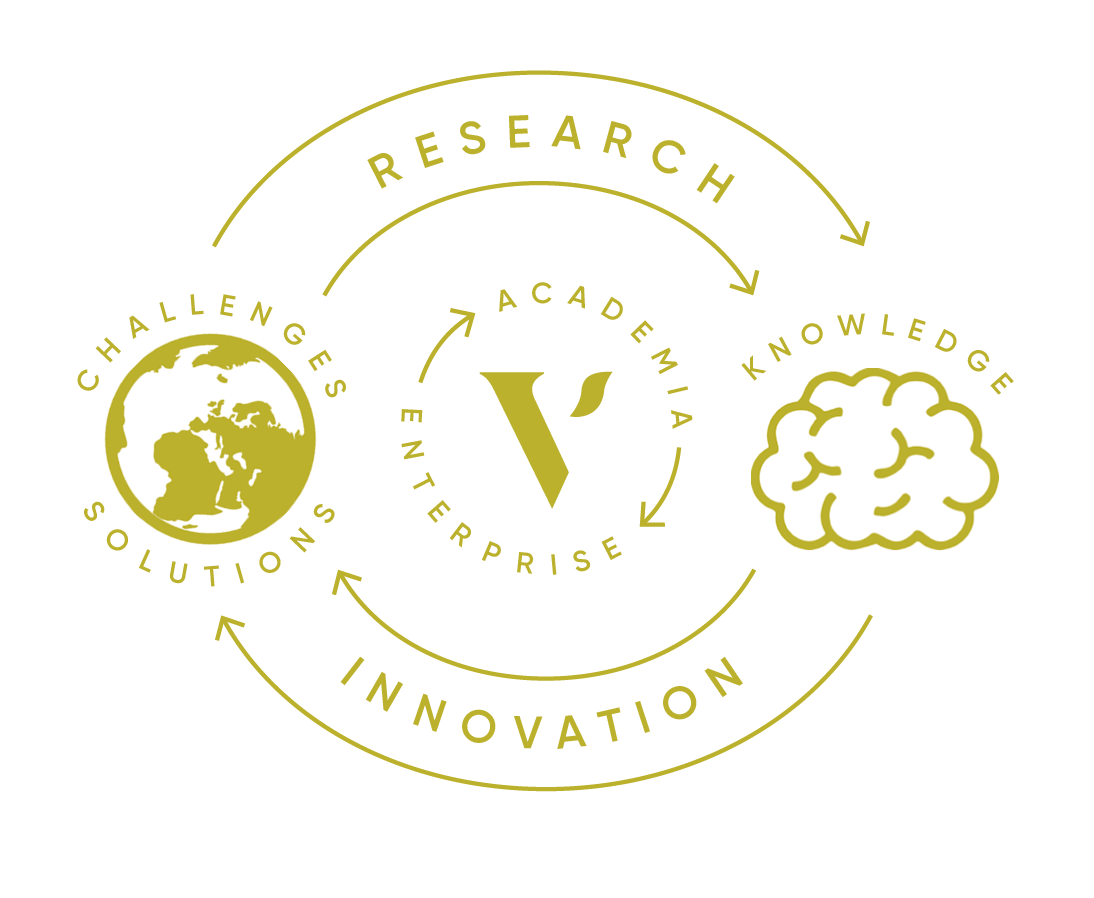
The positive connection between academic research and industry can also be described in terms of challenges and solutions: global challenges call for solutions-driven research, and the knowledge produced by that research provides a platform for the development of innovations that can help solve current and future challenges. Promoting collaboration between academia and industry has a crucial part to play in keeping the wheel spinning – and that requires an experimental and development-minded approach.
“We consider it our role to reform and to positively challenge existing innovation structures. Our mission is to enable experiments and on this basis to produce evidence of what kind of funding model best serves the purpose of advancing public-private partnerships. Our status as a foundation means we have the agility to pilot and experiment with new research funding models.”
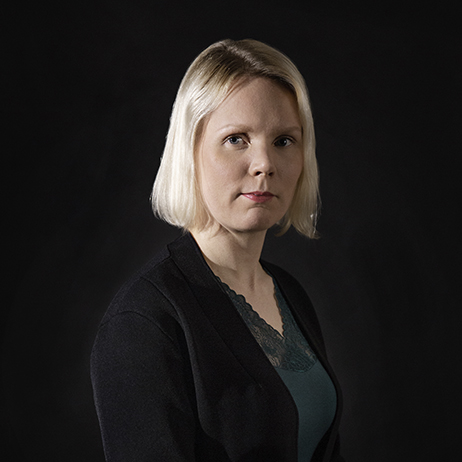
Virpi Muhonen
FRIF Board member
For more on the premises of our strategy and on the conditions for successful cooperation, click here.
Our funding operations
In the second round of calls for Tandem Industry Academia (TIA) funding, the Finnish Research Impact Foundation granted a total of 2,180,364 euros to support 11 new joint projects between research organizations and industry partners.
Precompetitive TIA funding is available for basic or applied research. It is intended to support projects whose impact extends beyond one single company or research team and that therefore contribute to the development of the wider field of study. The aim is to conduct research whose results can be scaled to the whole branch and that will advance both science and business.
“We’ve been very impressed by the number of TIA applications submitted as well as by their high quality. There is strong demand in Finland for this type of research-driven funding that promotes and encourages cooperation, but a scarcity of available funding opportunities. Our model addresses this shortfall and hopefully points the way for other funding agencies looking to support industry-academia cooperation.”
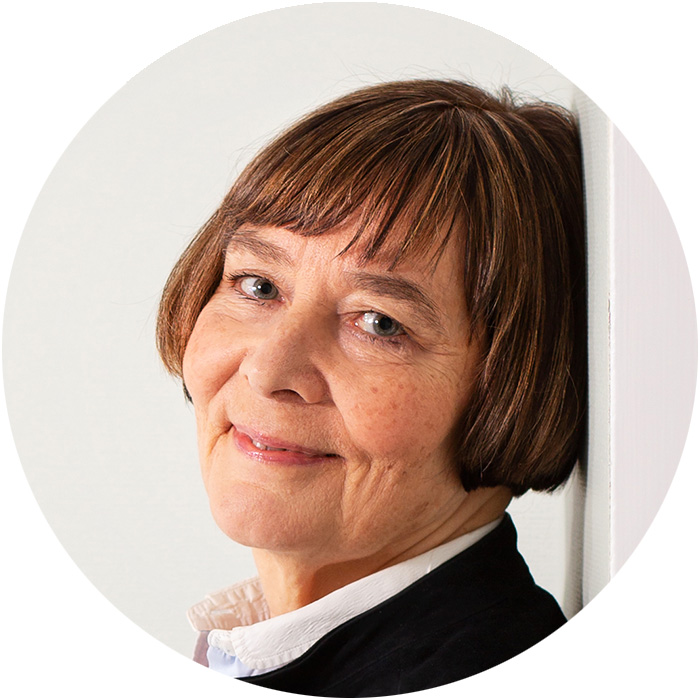
Anna Mauranen
FRIF Board member
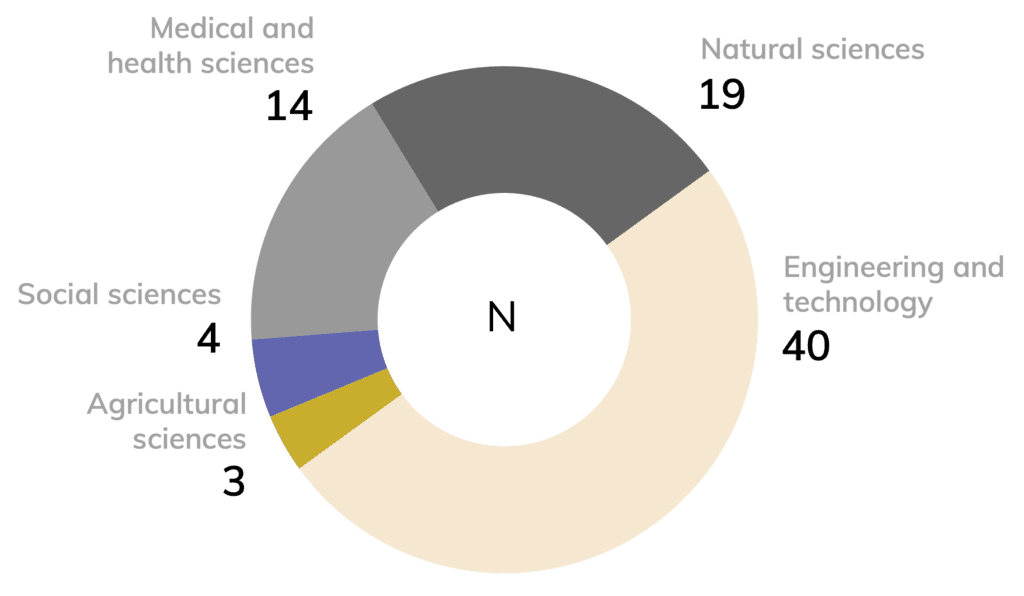
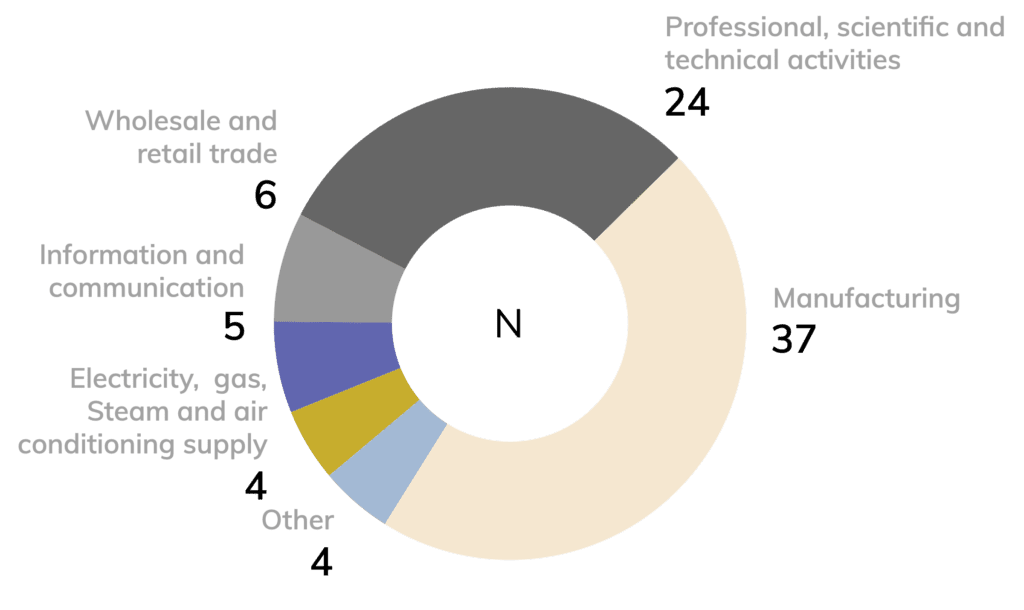
“The good thing about this funding is that even though the results are openly accessible, the research question is formulated from the vantage-point of our business operation. This means the results will genuinely benefit us and not remain at too abstract a level.”
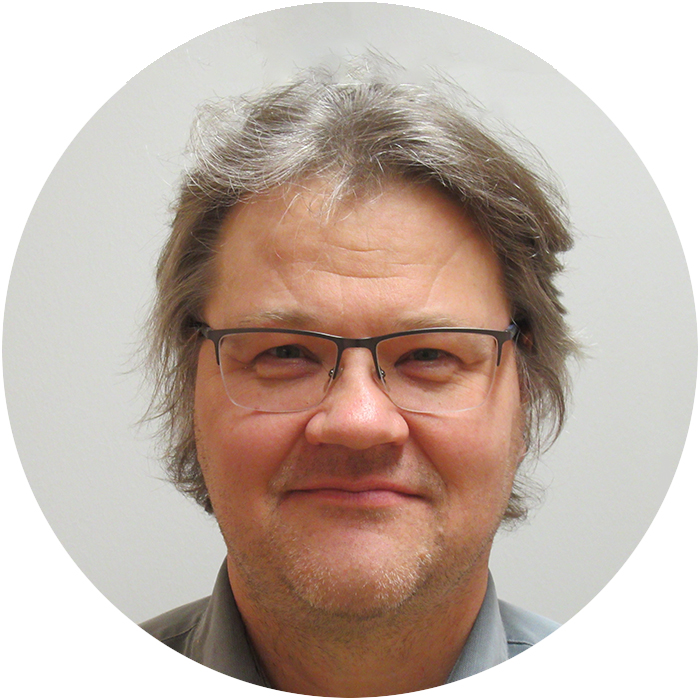
Jyrki Schroderus
Director of Research and Technology at Polar Electro
“The business partner cannot be content with knowing that the technology works in theory. It also has to work in practice. I get feedback from every version I develop, and that helps me improve the technology further. This is the kind of work you’d never get done without a company that needs to put the technology to practical use.”

Tommi Jauhiainen
Postdoc researcher from the Department of Digital Humanities at the University of Helsinki
In 2021 we awarded two million euros in funding to support joint industry-academia projects
University of Helsinki and Valio join forces in project that challenges current indicators of milk’s carbon footprint
Understanding and cutting the carbon footprint of milk production requires in-depth knowledge about true greenhouse gas emissions from dairy farming. To this end, the University of Helsinki and Valio have turned their focus to studying nitrous oxide. It contributes significantly to dairy production emissions but has largely been overshadowed in research by carbon dioxide.
Tampere University and Danfoss are developing a revolutionary energy efficiency solution
Electricity prices have reached historical highs during the past spring. Improving energy efficiency is therefore a timely step towards greater climate and economic sustainability. Tampere University and Danfoss are working closely to develop a solution that can help achieve significant energy savings in industrial machinery.
Orion and University of Helsinki harnessing AI to improve efficiency of pharmaceutical substances production
The coronavirus vaccine brought home to many people just how much the efficiency of pharmaceutical product development can be improved if scientists work more closely with pharmaceutical companies. The University of Helsinki and Orion have launched a joint project to develop a databank that uses AI and machine learning algorithms and that will greatly speed up the work of chemists.
Asset management
The Foundation’s assets are managed by a dedicated Asset Committee on the basis of an investment plan endorsed by the FRIF Board. The investment plan is intended to ensure that the Foundation’s assets are invested profitably, securely and responsibly. FRIF has a long-term investment horizon: the aim is to generate a steady revenue stream and so to secure future operations.
The value of FRIF’s investment portfolio increased by 22 million euros during 2021, standing at 75.5 million euros at the end of the year. A significant portion of the revenue generated came from the sale of shares held by the Foundation.
In early 2021 the FRIF Asset Committee drafted a set of principles for responsible investment, which were adopted by the FRIF Board on 10 March 2021. The principles describe the Foundation’s commitment in all its investment operations to the three pillars of ESG: environment, society and governance.
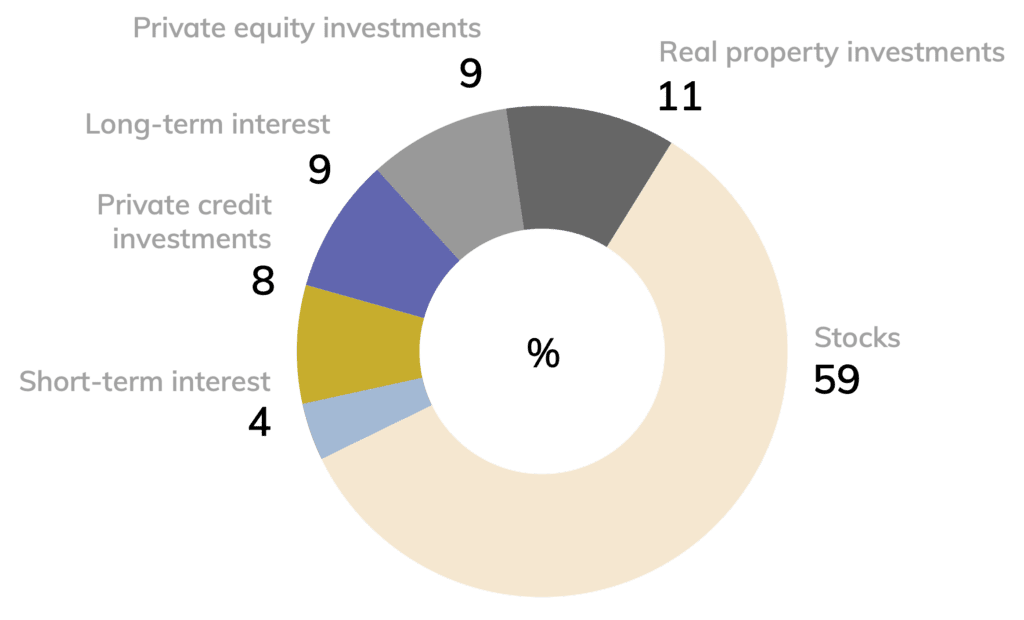
“Adherence to the principles of sustainable development is a matter of course for an investor such as ourselves. We are keen to ensure that the sustainability of our investment decisions can be traced and assessed and that we can reduce our carbon footprint, for example. We’ve also defined concrete indicators that we use to monitor the long-term sustainability development of our investment portfolio.”
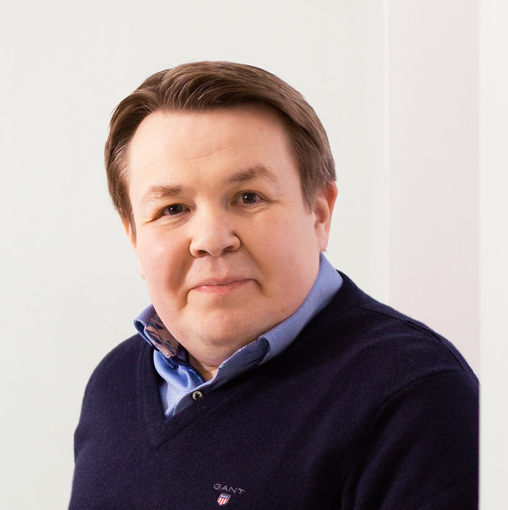
Petri Kalliokoski
FRIF Board member, Chair of Asset Committee 2021
Highlights of 2021
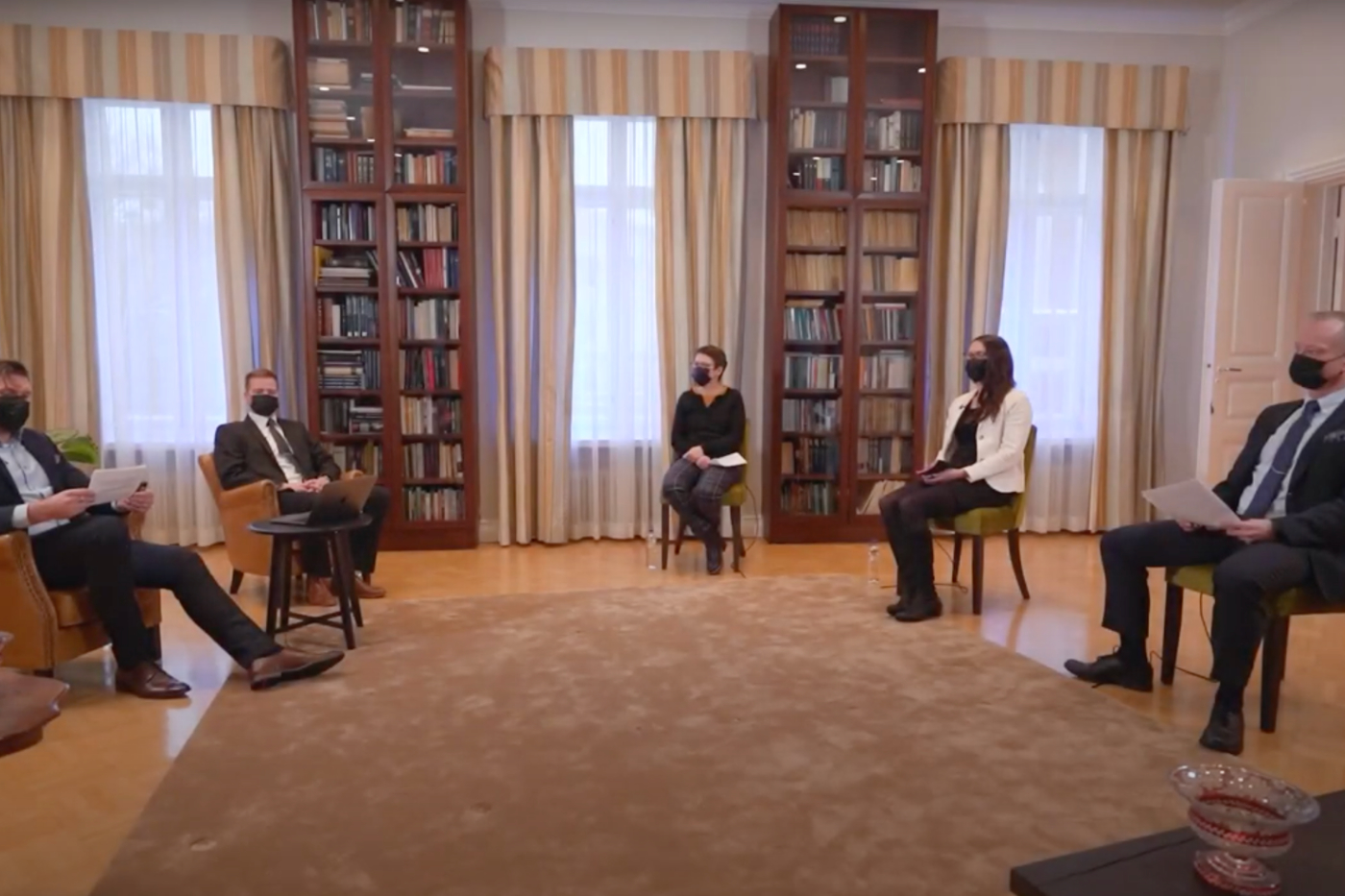
VTT and Tampere University hand over the final report commissioned by FRIF to survey the funding, impact and effectiveness of industry-academia cooperation.
The report attracts widespread media attention and prompts lively debate on social media channels. Read more »
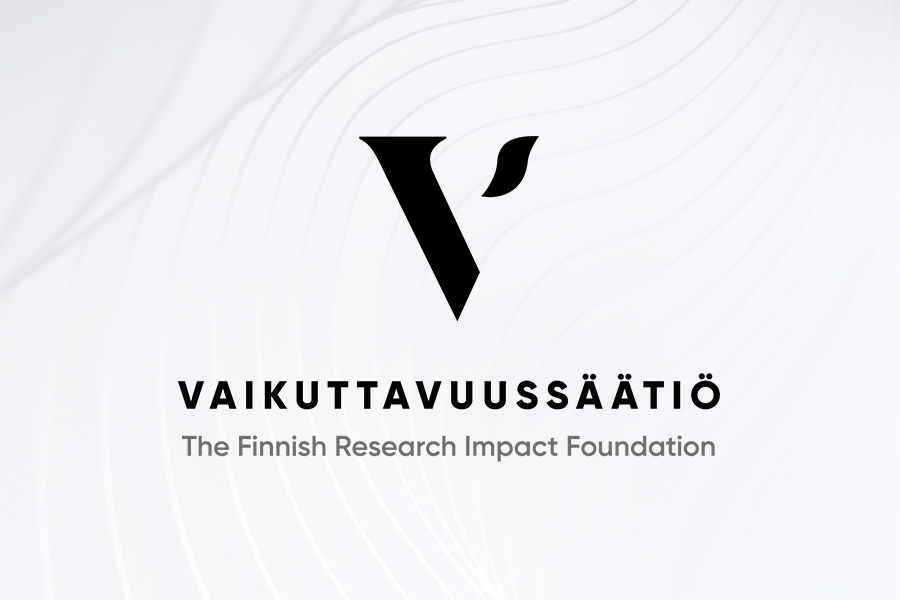
At the invitation of the Ministry of Education and Culture and the Ministry of Economic Affairs and Employment, FRIF contributes to updating the RDI roadmap.


